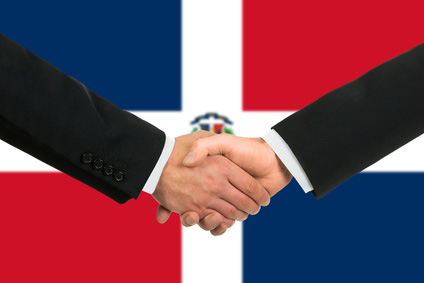The International Trade Blog Export Forms
CAFTA-DR: Central America-Dominican Republic Free Trade Agreement
On: April 1, 2016 | By:  Sue Senger |
2 min. read
Sue Senger |
2 min. read

The Central America-Dominican Republic (CAFTA-DR) Free Trade Agreement (FTA) went into effect for the United States, El Salvador, Guatemala, Honduras and Nicaragua in 2006. The Dominican Republic joined this monumental agreement in 2007, followed by Costa Rica in 2009.
CAFTA-DR is a historic and comprehensive free trade agreement that removed barriers to trade, eliminated tariffs, opened markets and promoted investment. By promoting economic growth, this cutting edge pact expanded U.S. opportunities in important regional markets.
U.S. manufacturers, workers, farmers and ranchers benefit from the FTA's open-market provisions. It not only reduces barriers to U.S. exports, it also required the CAFTA-DR countries to implement important reforms of their legal and business environments that encouraged business development and investment.
Prior to the free trade agreement, most exports from the Dominican Republic and Central America to the United States benefited from duty-free treatment, primarily as a result of the Caribbean Basin Initiative (CBI). Yet these countries often had high tariff and non-tariff barriers for U.S. exports and imposed extra restrictions on U.S. businesses.
Not only did CAFTA-DR remove those trade bariers, it provided greater transparency for government actions and rule making, strengthened the rule of law, and improved the protection and enforcement of intellectual property rights.
According to the lastest CAFTA-DR trade review in 2013, there was a 74 percent increase in U.S. exports to this region of the world compared to 2005, the year before the agreement went into effect. Clearly, the historic trade agreement is having the desired effect on U.S. exports.
This post was originally published in October 2005 and has been updated to include current information, links and formatting.

About the Author: Sue Senger
Sue Senger is retired after a long career as an international trade consultant and faculty member at St. Paul College in St. Paul, Minnesota. She taught classes in Business Management, Supply Chain Logistics, Entrepreneurship/Marketing and Global Trade.


